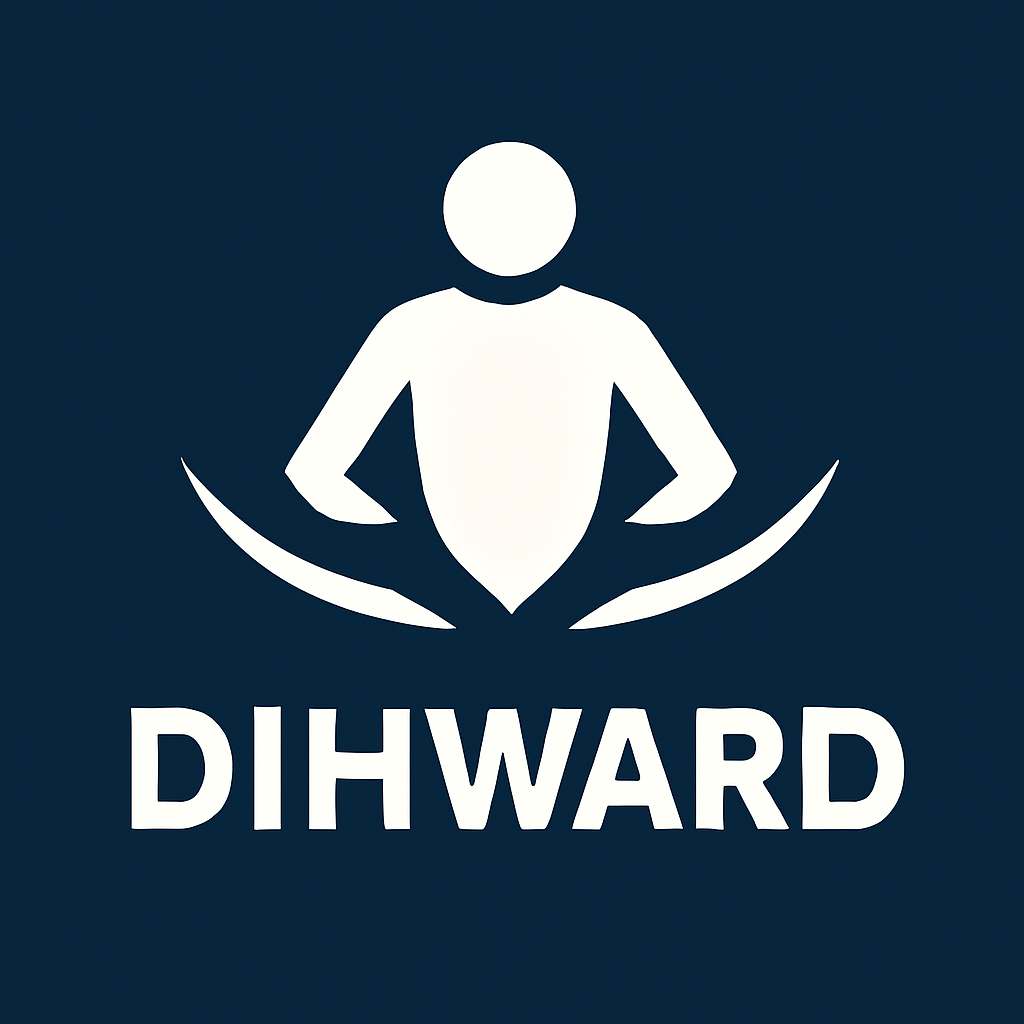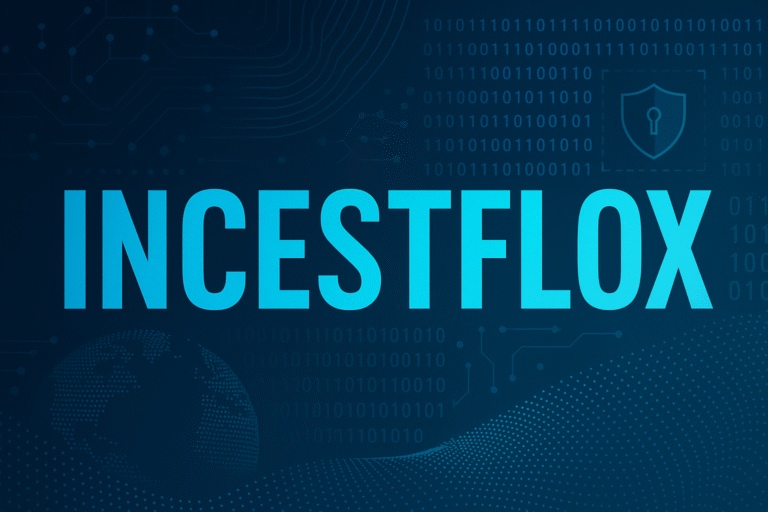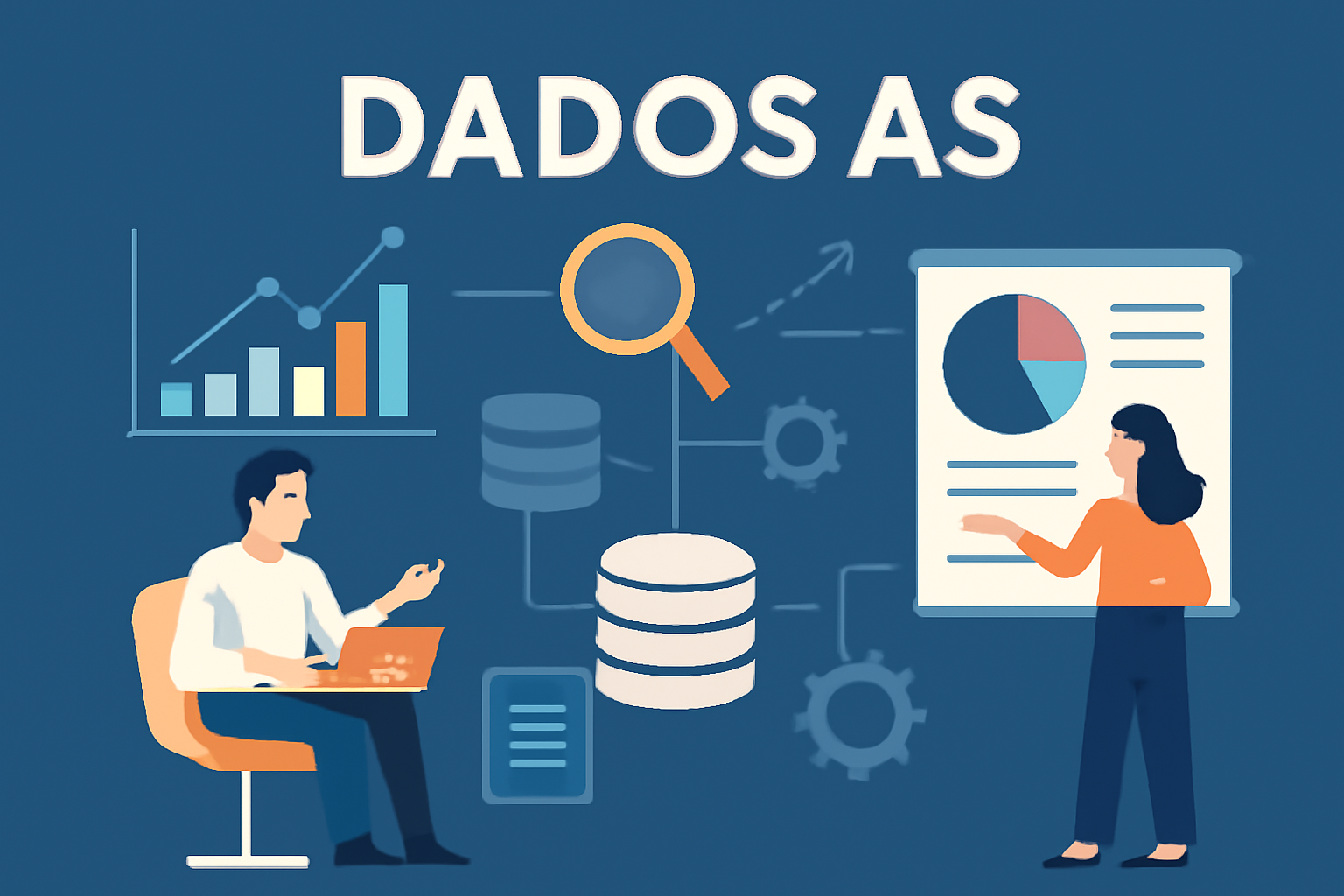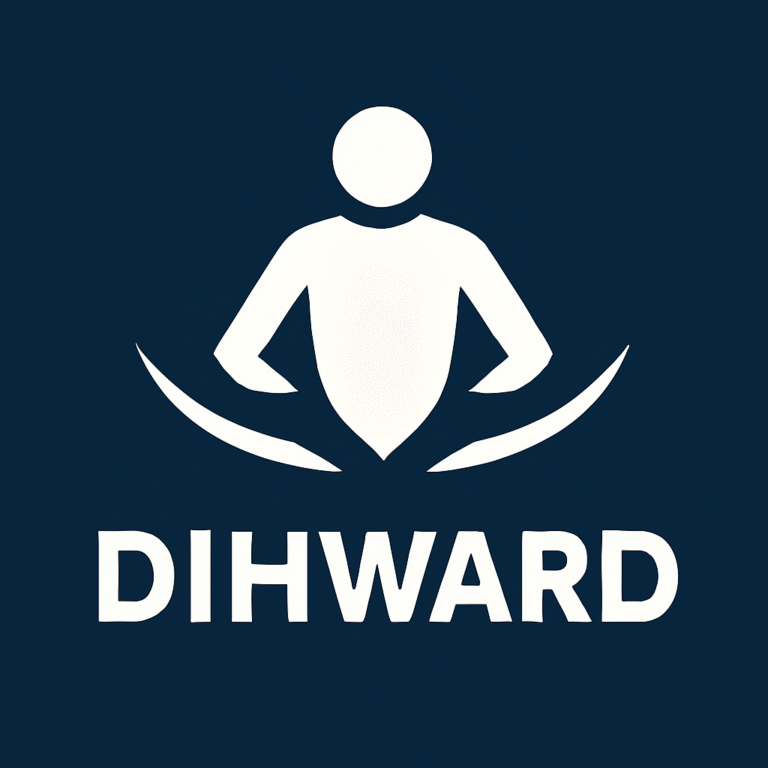
Imagine a concept that stands at the cross-roads of innovation, ethics, identity and growth. That concept is dihward. In this article you’ll discover what dihward means, why it matters, how to use it in your life or business, and where it’s headed. We’ll cover its origins, core features, advantages and pitfalls, and include a comparison table, real quotes, and a full FAQ at the end.
What Is Dihward?
At its core, dihward is a deliberately coined term blending adaptation and grounded values. In multiple sources it is defined as a philosophy, a framework or a platform oriented around resilience, innovation, and ethical direction.
The term “dihward” appears to derive from “dih-” (perhaps suggesting “core” or “dialogue”) plus “-ward” (suggesting direction or guardianship). This gives dihward a sense of moving forward while protecting something fundamental.
In practical use you’ll see dihward applied in:
- personal growth: adapting to change with integrity,
- business strategy: innovating without losing core values,
- tech and digital identity: creating new platforms and brands around this mindset.
For example:
“Dihward is more than just a word—it’s a mindset that blends endurance, adaptability, and ethical grounding.”
If you adopt the dihward concept you commit to change and stability, growth and values—not one at the expense of the other.

Origins and Evolution of the Dihward Concept
The emergence of the term dihward is recent (early 2020s). It is not found in classical dictionaries; it is a neologism created to fill a conceptual gap in fast-moving digital/ethical contexts.
Etymological roots
The prefix “dih-” may suggest a core or dialogic element; the suffix “-ward” implies direction or guard. Thus dihward can mean “moving toward the core”, “guarding values while moving”, or “directed adaptation”.
How it evolved
Besides linguistic origin, the term gained use in articles on technology ethics, corporate strategy, urban design, and digital identity.
For instance: a blog describes dihward as a “framework of ethical adaptability and structured resilience” in systems. Another describes it as “a modern symbolic term that blends the ideas of strength, adaptability and balance.”
In short: the concept evolved from philosophical/academic discussion into a branding and strategic tool.

Core Characteristics & Features of Dihward
When you understand dihward, you’ll recognise these recurring features. Each feature helps you evaluate whether a system, business or personal strategy is “dihward-aligned”.
1. Adaptability
Dihward emphasises the capacity to adjust in changing environments—technological, cultural or organisational.
2. Ethical grounding
Change is not enough; the change must preserve or reinforce core values, integrity and purpose. Dihward insists on “structure + flexibility”.
3. Efficiency and scalability
It’s not just noble values; dihward approaches often stress streamlined processes, innovation, and scaling without losing orientation.
4. Brandability & uniqueness
Because the term is new and uncommon, using dihward gives an advantage in naming, branding and positioning. One article emphasises its SEO advantages for unique keywords.
5. Cross-domain applicability
The concept applies to personal life, organisations, digital platforms, education and more: anyone dealing with change demands these features.
Why Dihward Matters Now
In 2025, we face rapid tech disruption (AI, digital identity, global social change), climate pressures, hybrid work models, and cultural flux. In that context, the concept of dihward becomes timely.
Navigating complexity
Traditional rigid systems struggle; purely flexible systems risk drifting. Dihward offers a middle path: adapt dynamically while holding steady on values.
Differentiation in branding
Because dihward is uncommon, adopting it gives you a niche keyword with low competition. This has SEO advantage.
Future-proofing
Businesses and individuals who adopt the dihward mindset are better placed to evolve as industries change, regulations tighten, and societies demand more transparency and ethics.
Applications of Dihward
Here are practical contexts where the dihward concept is being applied.
In Business Strategy
- A company might adopt a “dihward” model by restructuring operations to be agile but within a value-framework: e.g., innovation with sustainability.
- In digital marketing, brands may use dihward to signal they move fast but adhere to ethics.
In Technology & Platforms
- Some describe dihward as a digital ecosystem or platform combining project-management, communication and storage, all built around privacy and adaptability.
- In AI governance and cloud systems, dihward may be used as a guiding principle: adapt tech, but safeguard values.
In Personal Development
- For individuals, adopting a “dihward mindset” means being willing to change roles, learn new skills, yet stay anchored in personal values.
- For culture and identity, it means accepting modernity while retaining heritage.
In Education & Societal Frameworks
- Schools may embed dihward concepts: blended learning that evolves but stays grounded in core academic values.
- Urban planning frameworks reference dihward when discussing inclusive, value-based growth rather than purely economic expansion.
Benefits of Embracing Dihward
If you adopt the dihward approach, you can expect several advantages.
- Greater resilience to change: circumstances shift, but you are ready.
- Stronger brand differentiation: your use of “dihward” can set you apart.
- Ethical alignment: growth without compromise.
- Better digital presence: you leverage a unique keyword and concept for SEO.
- Holistic development: personal, professional, societal growth anchored in values.
Challnges and Limitations of Dihward
No concept is flawless. Dihward has potential pitfalls too.
- Ambiguity: Because it is new, “dihward” may mean different things to different audiences, risking confusion.
- Implementation gap: It’s easy to talk about adaptation + ethics, harder to execute.
- Over-branding: Some may adopt the term superficially for novelty without real substance.
- Visibility: Being novel is good, but novelty means you must educate your audience about “what dihward is”.
More Read About News: Sosoactive Business News: Comprehensive Guide to Staying Informed

Dihward vs Alternative Approaches
Here’s a side-by-side view comparing the dihward mindset to other common approaches.
| Approach | Focus | Strengths | Weaknesses |
| Traditional Stability | Maintain current systems and values | Strong sense of identity, low risk | May resist necessary change |
| Pure Flexibility | Rapid adaptation, minimal constraints | High responsiveness | Risk of losing core values or identity |
| Resilience Only | Recovering from disruptions | Good at bouncing back | May lack proactive adaptation |
| **Dihward | Adaptation + core values + direction | Balanced change, value-preserving growth | Requires clear definition, disciplined execution |
“Because it’s not constrained by traditional meaning, dihward opens doors to creativity and control.”
How to Use Dihward in Practice
If you want to integrate the dihward concept in your life or business, here are actionable steps:
- Define your core values – What must remain constant regardless of change?
- Identify areas of required change – What in your environment is shifting?
- Map the intersection – Where can you adapt while preserving your values?
- Set measurable actions – For example: adoption of new tech, new branding, but aligned with ethics.
- Review and adapt – Use feedback loops to ensure you stay on the “dihward path”.
Over time your process becomes “dihward-driven growth”: growth that is adaptive, value-anchored and forward-looking.
The Future of Dihward
Looking ahead into the coming years, the use of dihward is expected to grow in:
- AI ethics frameworks: As AI systems increasingly need guardrails, the “dihward principle” of adaptation + ethics gains relevance.
- Branding and identity formation: Entrepreneurs will adopt dihward for unique naming and positioning.
- Education and leadership: Curriculums may integrate “dihward thinking” – balancing innovation and responsibility.
- Societal systems: Urban planning, sustainability and governance frameworks may cite dihward to guide inclusive change.
In short: as complexity rises globally (tech, climate, culture), frameworks like dihward provide structured but flexible response models.
Conclusion
The concept of dihward offers a compelling path forward for individuals, businesses, and societies. It marries adaptation with integrity, innovation with core values. In a world where change is relentless, having a framework like dihward means growth doesn’t come at the cost of identity or purpose.
If you integrate dihward into your mindset, your brand, your strategy: you gain a distinctive edge. But you must also define the term clearly for your audience, execute it consistently, and align it with measurable action.
In summary: dihward isn’t just a word—it’s a guide for how to move forward without losing yourself.
FAQ Section
What is dihward?
Dihward is a neologism and conceptual framework that emphasises adaptation, innovation and ethical grounding. It enables individuals and organisations to navigate change while protecting core values.
Why use the term dihward instead of other frameworks?
Because “dihward” is unique, under-used, and brandable. It gives you semantic space to define your own meaning and dominate search results around it. It also encapsulates the blend of adaptability + values that many frameworks miss.
How can I implement dihward in business?
Start by defining your non-negotiable values. Then map your business’s changing needs (technology, market, culture). Use the dihward lens to choose changes that align with values, set measurable goals for adaptation, track progress, and adjust when you drift.
Is there any risk in using dihward as a concept?
Yes. Because the term is new, your audience may not understand it without explanation. It may be used superficially and lose meaning. Implementation demands discipline. Also, if you emphasise adaptation too much, you may drift from your values despite claiming “dihward”.
Can the dihward mindset apply to personal growth?
Absolutely. For individuals, dihward means being willing to learn new skills, shift roles or adopt new habits, while staying anchored in identity, integrity and purpose. For example, switching careers (adaptation) while retaining core goals (values) is a dihward move.
Where is the concept of dihward used already?
You’ll find references in digital platforms, business strategy blogs, urban planning frameworks and branding guides. For example, one article describes dihward as an “integrated digital platform offering tools and solutions for online business management, digital marketing, cloud services, and cybersecurity.






